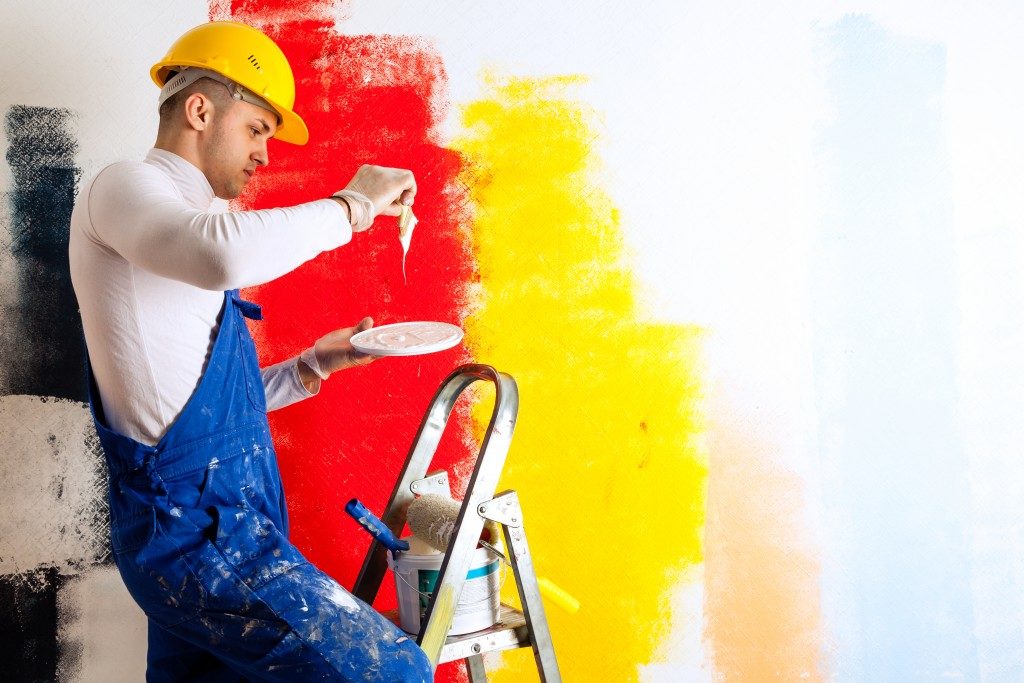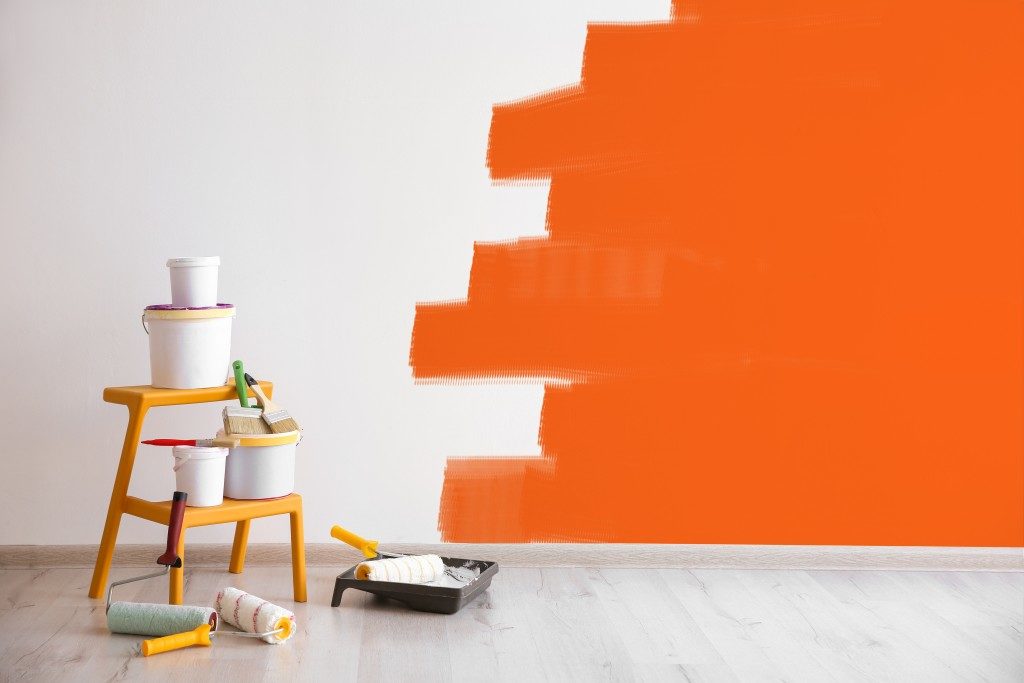
Paint has come a long way in the history of man. It has evolved since the Stone Age when men first discovered the creative potential of colored earth, to cave paintings – one of the known origins of art, the oil paints of the Renaissance, and finally, to the mass production of acrylic paint in the 1940s. Today, most paints are toxic-free and come in a wide range of colors and effects, including iridescent and fluorescent variants.
The paint and coatings industry continues to introduce life-changing paint innovations. Household names like Sherwin-Williams, Behr, and Benjamin Moore are beyond merely producing new colors and are starting to integrate technology into their paint products. These new offerings are worth noting, whether you’re a homeowner, a commercial property manager, or an entrepreneur who wants to start a home painting business.
Here are some of the newest developments in paint technology.
Better Scuff Resistance
Glenn Cooper, product development vice president of Benjamin Moore, says that their newer paint products do more than just beautify walls, they also provide resistance to damage from frequent rubbing. He explains that this kind of technology is possible because of polymer research.
Scuff-resistant paints are economical in the long run because it decreases the need for repainting, lowering repair and maintenance costs. And when the walls do require cleaning, the paint sustains less damage and scratches from scrubbing.
Scuff-resistant paints are perfect for establishments with busy foot traffic, such as hotels and hospitals. Cooper adds that this product line has also been popular with retail stores since they don’t have to repaint their interiors and dressing rooms too often. Instead of redoing the walls once a month, establishments and commercial properties could go without repainting for two to three years.
Heat Reflectance
Some manufacturers are also experimenting with heat-reflective paint. Sto Corp.’s Product Manager Shingo Watada explains that in the past, the only way to reduce heat absorption from the sun was to use lighter paint colors. But now, with near-infrared reflection technology, Watada says darker hues can also reduce surface temperatures.
Infrared-reflective coatings are applicable for wood, brick, composite, concrete, plastic, or stucco roofs. These paints incorporate features such as breathability and resistance to environmental wear and chemical efflorescence.
Kills Germs and Bacteria

Sherwin-Williams developed Paint Shield®, a paint that kills 99 percent of bacteria including Staph, E. coli, MRSA, VRE, and Enterobacter aerogenes. The paint manufacturing giant says that this product is especially beneficial for hospitals and health care centers.
The U.S. Department of Health and Human Services and the Centers for Disease Control and Prevention that each day, at least one in every 31 patients contract a healthcare-associated infection during their stay in the hospital. These infections are a major cause of hospital deaths and are extremely costly.
Sherwin-Williams Executive Chris Connor says that the Paint Shield® is one of their most significant technological breakthroughs in almost 150 years of innovation. The Paint Shield® has the potential to eliminate or decrease the cases of healthcare-associated infections by killing infectious pathogens and inhibiting the growth of common microbes.
Today’s paint products come with plenty more coating innovations, apart from scuff-resistant, germ-killing, and heat reflective paints. Some paint variants may even prevent mold growth, promote better air quality, or automatically seal cracks. These developments go beyond aesthetic purposes and now provide added functionality, making life easier and safer for consumers.

